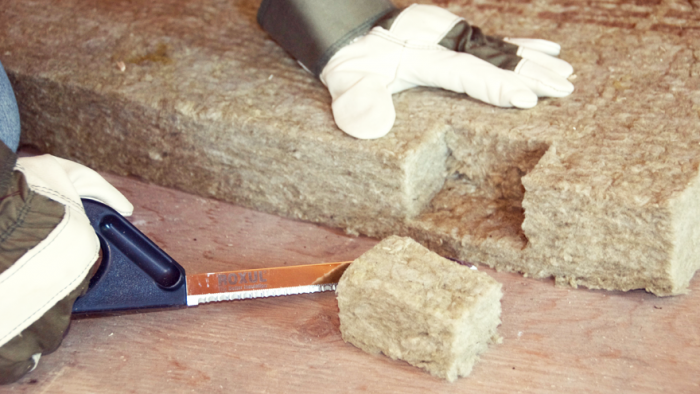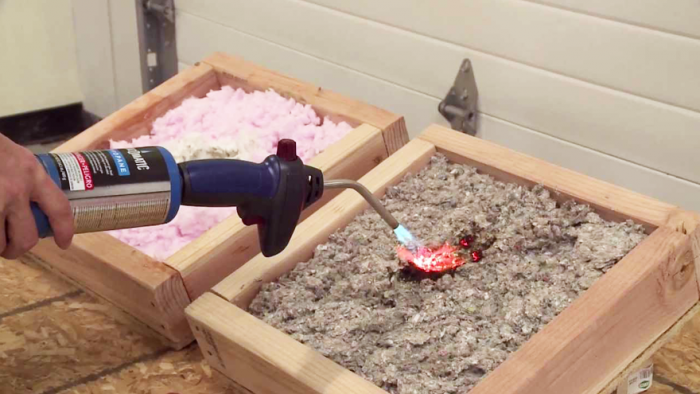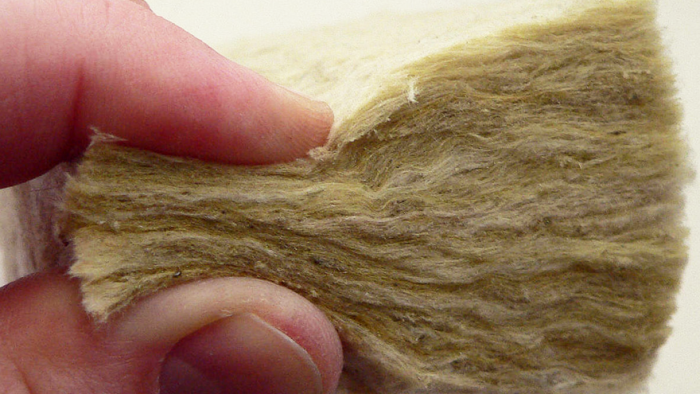There are a number of things that exist in the makeup of the buildings we inhabit every day that we often take for granted. Among them, and perhaps the most vital, is the hidden layer of insulation that shields us from the temperature changes outside. A chief fixture in the design of wooden buildings especially, insulation protects us from sound pollution and is often an invaluable barrier against fire and water damage. Fibreglass was the material of choice in the insulation game (that pink stuff that resembles hardened cotton candy), but now architects are turning to stone wool as a more effective and eco-friendly alternative.
Stone wool, also known as mineral wool, is made of natural basalt rock and recycled slag (a mineral by-product of smelted ore). It has a number of unique characteristics that make it a valuable and sustainable building material, including the ability to resist mould, fire and water. It also doesn’t release any toxic gases when fire comes in contact with its fibres. Better still, stone wool seems to provide higher thermal insulation and sound absorption than traditional fibreglass. It is an all-around effective repellant made from one of the Earth’s most abundant minerals.
One company in particular is leading the way with stone wool insulation. Based in Ontario, Canada, Rockwool is driving this innovation to become standard practice in the way homes and offices are built from the inside.
In terms of fire resistance, stone wool can hinder the spread of flames inside building walls drastically, and during such an emergency, every second counts. Rockwool’s insulation is non-combustible and can withstand temperatures of up to 1177ºC. As for damage due to moisture, this material is a harsh environment for bacteria to grow, so mildew and rot can hardly spread at all, contributing to a healthier living space for the folks inside. For the same reason, stone wool will not sag or lose its shape over time. The density of stone wool fibres prohibits air from flowing through, also reducing sound transmission to a huge degree.
Another benefit is the long-term effect of stone wool’s exceptional insulation. By helping homes stay warm during cold seasons and cooler during summer, stone wool can save on air conditioning costs, making the building a bit easier on the environment in the long run.
The need for improved resistance to the elements in all buildings is gaining greater attention to safeguard those who use and occupy built structures around the world. Stone wool insulation, with its advantageous properties and ecological nature, is moving to the forefront when it comes to achieving all-inclusive protection for our living spaces and work areas.








